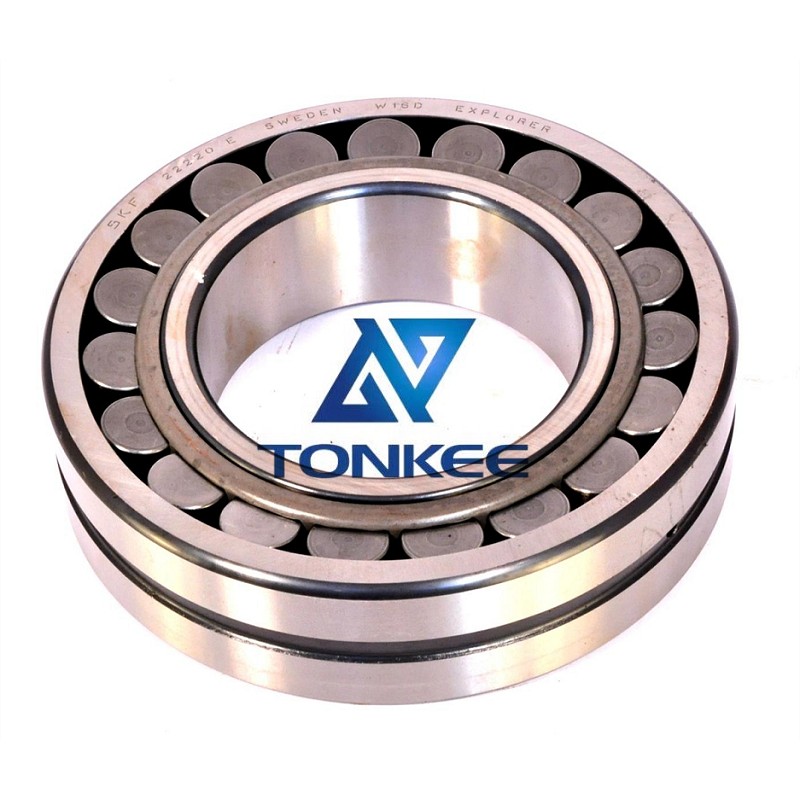
The bottom bearing in the Hitachi EX-3-5 swing device slew box is engineered to withstand the immense loads, vibrations, and environmental conditions encountered in heavy-duty excavation operations.
Typically, these bearings are made from high-quality materials, such as forged steel or specialized alloys, chosen for their exceptional strength, durability, and resistance to wear and corrosion. The specific composition may vary based on the model and generation of the excavator, but it is designed to meet or exceed the manufacturer's stringent quality standards.
One of the primary specifications of this bearing is its load-bearing capacity. It must be capable of supporting the entire weight of the upper structure, which includes the cab, engine, hydraulic systems, and the arm with various attachments. Moreover, it must handle the additional loads imposed during digging, lifting, and other operations. The load-bearing capacity is carefully calculated to ensure safe and reliable performance under various working conditions.
Proper lubrication is crucial to the longevity and smooth operation of the bearing. Many Hitachi excavators feature sealed or greased bearings that require minimal maintenance. The specifications may include recommendations for lubrication intervals, types of grease or oil, and procedures for inspection and re-greasing. Regular maintenance and adherence to these specifications are essential to prevent premature wear and extend the lifespan of the bearing.
Tolerance and precision are paramount when it comes to the bottom bearing in the swing device slew box. The bearing must be machined to exacting standards to ensure proper alignment and minimal play, which would otherwise result in increased wear and reduced operational efficiency. Specifications will outline allowable tolerances for dimensions and clearances to guarantee precise fitment within the slew box assembly.
Excavators operate in a wide range of environmental conditions, from arid deserts to rainy forests.
Consequently, the bottom bearing's specifications will often include guidelines for environmental protection. This may involve corrosion-resistant coatings or materials to safeguard against rust and degradation in wet or corrosive environments. Furthermore, dust seals or other protective measures might be specified to keep abrasive particles out of the bearing, ensuring its continued functionality.
Hitachi often designs its excavators with interchangeable components to simplify maintenance and repairs. The specifications for the bottom bearing may include compatibility information, such as a list of compatible excavator models and relevant part numbers. This aids service technicians and equipment owners in sourcing the correct replacement parts when needed.
Safety is paramount in heavy machinery like excavators. The bottom bearing's specifications may include information regarding its role in ensuring safe equipment operation. Properly functioning bearings contribute to stable and controlled machine movement, reducing the risk of accidents and equipment failure. Specifications may also outline inspection and replacement intervals to maintain safe operation.


